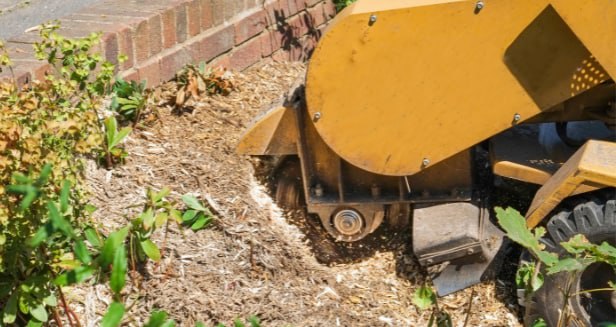
Introduction: Trees are not just vital components of our landscapes; they are also crucial for wildlife habitats. When it comes to tree removal, it’s essential to consider the impact on the local ecosystem. Sectional dismantling is a tree removal technique that prioritises minimal disturbance, making it an excellent choice for preserving wildlife. In this blog post, we’ll explore the importance of wildlife preservation during sectional dismantling and how Sheppey Tree Surgeons is committed to environmentally responsible tree care.
The Importance of Wildlife Preservation:
Trees provide shelter, food, and nesting sites for various wildlife, including birds, squirrels, insects, and more. Preserving these natural habitats is essential for maintaining biodiversity and the health of our local ecosystems. When trees need to be removed due to safety concerns or other reasons, it’s crucial to do so in a way that minimises harm to the creatures that call them home.
Sectional Dismantling: A Wildlife-Friendly Approach:
Sectional dismantling is a tree removal method focusing on precision and minimal disturbance. Here’s how it helps preserve wildlife during the process:
- Gradual Removal: Instead of felling a tree in one piece, sectional dismantling involves removing the tree into smaller, manageable sections. This gradual approach allows wildlife to adapt to the changing environment and find alternative shelter and food sources.
- Preservation of Habitats: The technique allows for preserving certain parts of the tree, such as branches or sections of the trunk, that can serve as habitats for wildlife even after the tree’s removal. These can include cavities for nesting birds or insects.
- Protection of Surrounding Vegetation: Sectional dismantling minimises the risk of collateral damage to surrounding plants, preserving additional food sources and shelter for local wildlife.
- Safety for Tree Climbers: Tree surgeons using sectional dismantling techniques are trained to spot and carefully relocate any wildlife they encounter. This ensures the well-being of creatures that may be living within the tree.
Sheppey Tree Surgeons: Your Wildlife-Friendly Tree Care Partner:
At Sheppey Tree Surgeons, we understand the importance of wildlife preservation during tree removal. Our team of experienced professionals is committed to executing sectional dismantling with the utmost care and consideration for the local ecosystem. Here’s how we prioritise wildlife preservation:
- Expertise: Our tree surgeons are trained to identify and handle wildlife encountered during tree removal, ensuring their safety and well-being.
- Precision: We use sectional dismantling to minimise soil disruption and collateral damage to surrounding vegetation, preserving habitats for local wildlife.
- Eco-Friendly Practices: We follow environmentally responsible tree care practices, reducing our environmental impact and promoting sustainable tree removal.
Conclusion: Wildlife preservation during sectional dismantling is not just a consideration—it’s a responsibility. By choosing Sheppey Tree Surgeons for your tree removal needs, you can rest assured that we are dedicated to preserving the habitats and well-being of the wildlife that call your trees home. Our commitment to environmentally responsible tree care ensures that your landscape remains a haven for both people and wildlife.
Call us on: 01795 718597
Click here to find out more about Sheppey Tree Surgeons
Click here to complete our contact form and see how we can help with your tree’s needs.